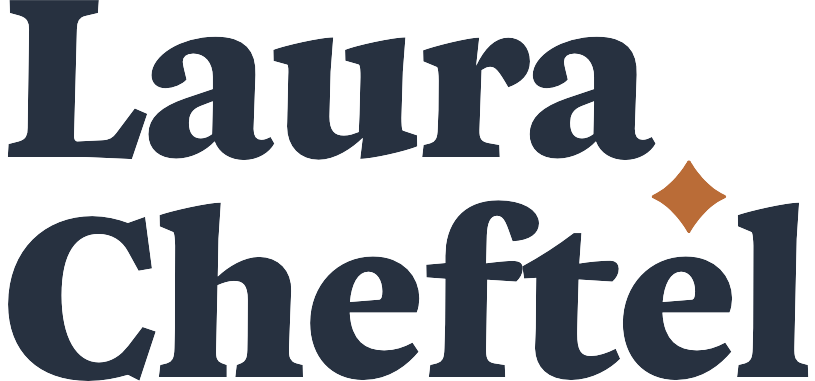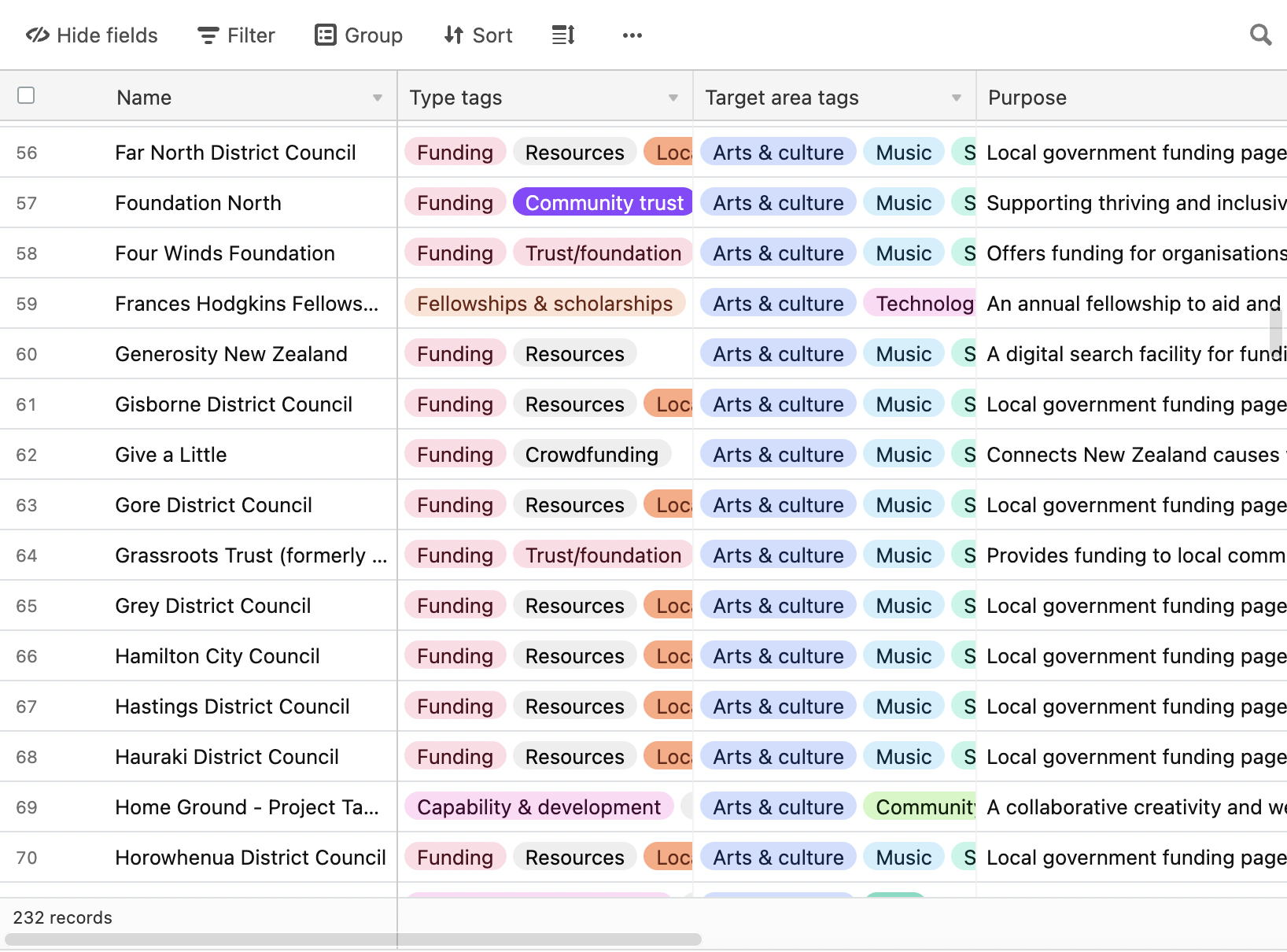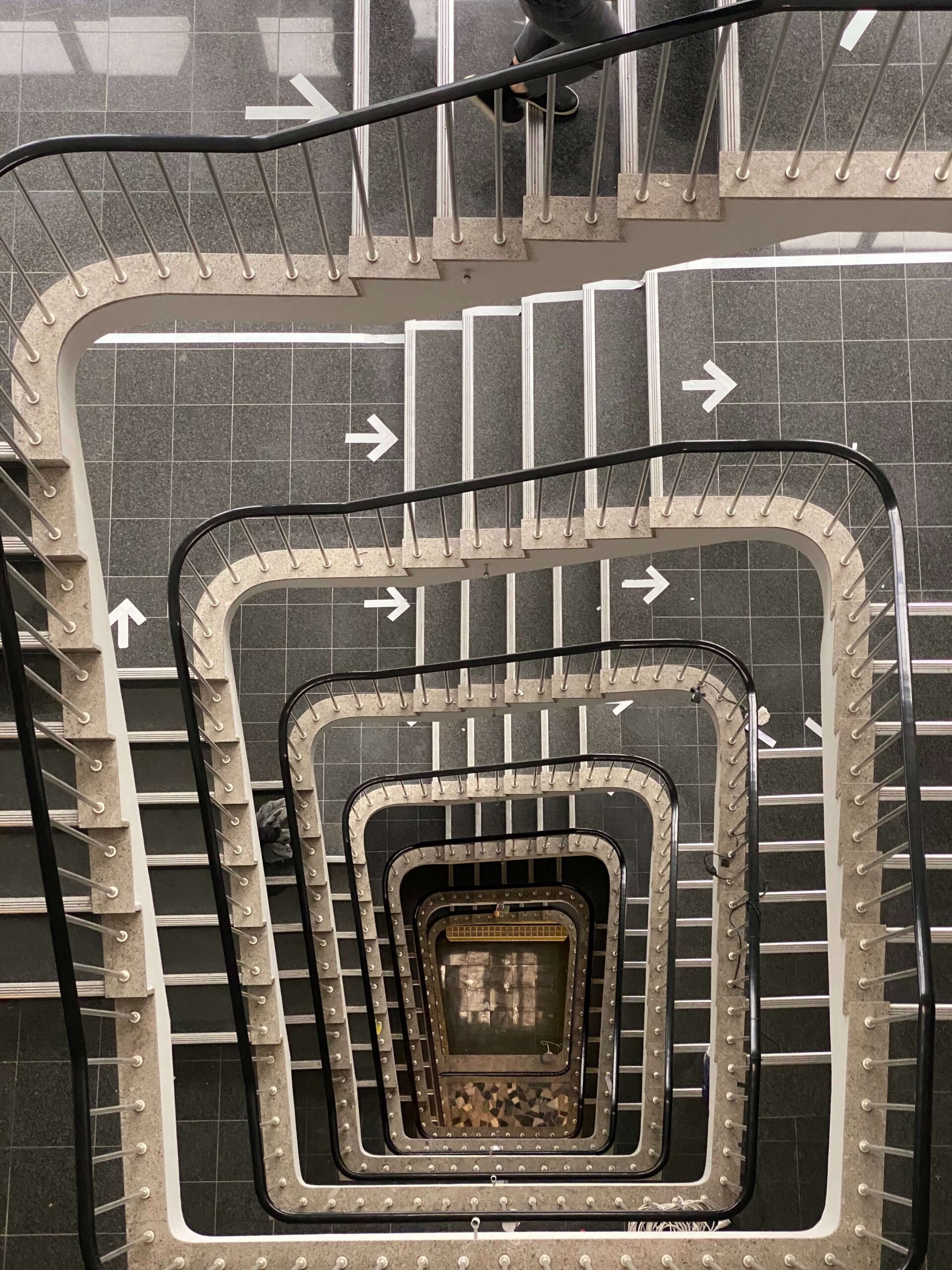The job to be done
In 2018, I was brought on as a bid writer at a globally recognised university named number one in the Times Higher Education Impact Rankings.
The university needed help meeting the student demand for government-funded scholarships to travel. At the time, having international experience under the belt was becoming extremely popular due to the boost it offered graduates’ employability prospects. Of course, it was in the university’s interests to make their graduates as employable as possible – and, as goes healthy competition in a free market, to beat competing universities who had the same idea.
The main pot of money for this government funding was in turn adjusting to exponential growth in bids from universities.
What was achieved
During my first six months on the job, the number of bids received by the government for this particular pot of funding nearly doubled, creating significantly greater competition for the funds. Despite heightened competition, the average amount awarded to each successful bid I submitted on behalf of my client increased by nearly a third.
Behind this increase in funding in the March round was an in-depth strategy, developed through observation, research, thorough planning and creative implementation.
Tip #1: Look backwards, not just forwards
The first observation I made was that the current bidding process was forward-looking – a big yet easy mistake when it comes to establishing trust and credibility with the funder.
In order to ensure the funder would grant bids in the future, we would need to get reflective: measuring success of previously funded scholarships, demonstrating a commitment to the goals, and proving high-level delivery of the pledges made in the past. A perception of quality and care in the eyes of the funders would be built this way.
I boosted trust and credibility by:
- Getting to know the funder’s objectives inside-out.
- Identifying pledges made in previous bids.
- Analysing the outcomes from previous scholarships for alignment with the funder’s goals, as well as unmet pledges.
- Producing detailed reports on the above, which would become a key part of future bids.
- Developing measurable ways to address unmet past pledges.
- Increasing the number of bids per round, diversifying by type, region and strategic outputs based.
- Strengthening relationships with our delivery partners, formalising these with brokerage letters and memorandums of understanding which cemented the commitments to student outcomes and to pastoral care measures made previously.
- Implementing pre- and post-programme surveys to measure change and success in the pledged outcomes for scholarship recipients. These surveys were developed around a forthcoming global conferences on international mobility for students, with the aim of positioning us to be the frontrunners to present our work on the international stage – and it worked.
The common objective of these steps was to establish accountability and transparency. This is one of the best ways to boost your chances of success with public funding. No assessor wants to read an application made up of platitudes that rehash the funding criteria.
Accountability, transparency, and an authentic exposition of growth points will gain the assessor’s respect and allow them to take your application seriously. All of this must be measurable, as this will help you in future rounds.
Tip #2: Create a gift that keeps on giving
The next step was build a promotional plan into our funding applications, which would make the funder’s dollar go further. I built this promotional plan around several initiatives based on the research I did at the start, as well as assessor feedback from previous funding rounds.
The crux of this promotional plan was the students themselves: from the selection process onwards, scholarship recipients would become brand ambassadors for New Zealand to our international market.
The plan had three pillars:
- A pre-departure training course
- Marketing collateral for scholarship recipients to wear and distribute while offshore
- A comprehensive social media strategy
These three initiatives embedded the objectives of the government fund in the fabric of funded programmes, multiplying the strategic value of our proposals.
Tip #3: Continue to demonstrate aligned values even during “off” periods
Part of being able to illustrate that your project is a no-brainer to funders is having a solid backlog of evidence that your work feeds their aims. This means keeping tabs on what they are posting online to see what is important to them, keeping abreast of who their people are and what issues and events they are engaged in to determine what that says about the funding body that employs them, and then reflecting these insights in your own day-to-day content.
Remember those pre- and post-surveys I mentioned earlier? Well, when the time came around, I gathered all the data from the surveys administered before and after our funded programmes, and crafted a proposal for a student panel at an upcoming international conference. Because we had data that no one else had, we were the frontrunners and were selected to present on the world stage. It was a success. The Director International said it was the best student panel he had ever attended, and it was then pitched for an even bigger conference.
Needless to say, seizing the opportunity to promote the funders on such a significant platform generated even stronger proof of concept and credibility for future funding applications. The impact of investing in that long game cannot be understated.
Conclusion
So there you have it:
- Look backwards, not just forwards
- Create a gift that keeps on giving
- Continue to demonstrate aligned values even during “off” periods
Which was your favourite tip? Have you ever used these in your grant proposals?
Let me know!





